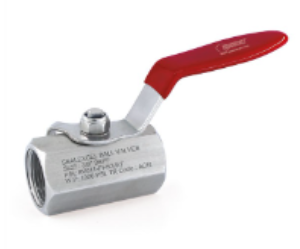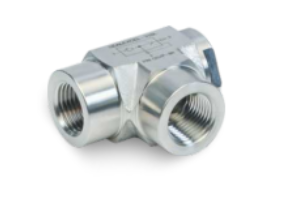What are Pneumatic Fittings? And Its Applications and Uses
July 2, 2021Applications And Features of Stainless Steel Bulkhead Fitting
August 5, 2021Pipe couplings are an essential component of almost all pipelines and piping systems. These parts are used to connect two pipes or make a curve in a pipeline system. The most sensitive parts of a pipeline are the joints and seams. This is the portion that may be physically deficient, resulting in leaks or even pipe breaks. This danger may be minimized by using a high-quality coupler pipe to secure joints and seams. Here are things you need to know about the applications of pipe coupling
Pipe fitting
Pipes may need to be cut into specific shapes and sizes in some instances to make installation and connection with pipe couplings easier. Different pipes have different dimensions and lengths, so they must be adequately cut to adapt to changes in direction and operate efficiently. While connecting the sections with couplings, it is critical to preserve the integrity of the pipes.
Permanent Couplings
The durability or dependability of these devices should be chosen with the breadth and length of the application and operating requirements in mind. Permanent pipe connections, often known as couplings, are non-detachable fittings. Permanent couplings utilize techniques like soldering and brazing when working with steel, copper, or PVC pipes. Permanent pipe fittings, when installed correctly, offer excellent durability and strength, but there are no alternatives for future modifications.
Detachable vs. Removable Pipe Couplings
On the other hand, removable couplings have threaded features that enable them to screw the coupler pipe together. Removable couplings are available in a variety of forms and sizes, depending on the application. With the assistance of the screwed body, the detachable couplings are connected to the pipes. Removable couplings for pipes are used in a variety of applications, including high-pressure copper gas pipes and flexible hydraulic or pneumatic hoses.
Flexible vs.Rigid?
Pipe Couplings are available in both flexible and stiff forms, depending on the operating need and advantages. Flexible pipe couplings are renowned for their malleability and resistance to pressure and their ability to tolerate temperature changes, which cause the pipes connected to the connectors to expand or contract. On the other hand, Rigid pipe couplings are used for pipelines that transport materials with no diversions or temperature changes. These pipes maintain their form, size, and fluid flow without changing over time.
Desirable Features
The pipe coupling fittings should be made of corrosion-resistant material and should survive oxidation of the metallic body. These connections hold the pipes together, so they must be waterproof, robust, and flexible all at the same time.
Given the increasing significance and relevance of pipe couplings, it is essential to comprehend their uses, scopes of application, modes of operation, peripheral characteristics, dimensions, and qualities before buying them from any source.
Finally, it is critical to buy only components that adhere to industry standards. This will ensure that you choose pipe coupling that is both safe and long-lasting.



